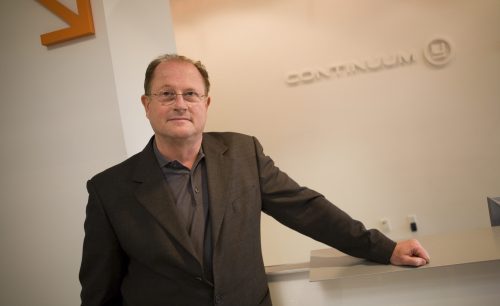
Syracuse University Libraries’ Special Collections Research Center (SCRC) announces the recent and notable acquisition of the papers of School of Design alumnus Gianfranco Zaccai ’70 H’09 to its collections.
Gianfranco Zaccai Papers (5 linear ft.)
Gift of Gianfranco Zaccai
An industrial designer and architect, Gianfranco Zaccai (’70 H’09) is the co-founder of Continuum (now EPAM Continuum), a global innovation-by-design consultancy. Zaccai and Continuum’s work have led to original designs ranging from recognizable everyday objects, such as the Proctor & Gamble Swiffer and the Reebok Pump, to lifechanging healthcare innovations, such as the Omnipod Insulin Delivery System. Zaccai is former chair of the Design Management Institute and past president of the Aspen Design Conference. He holds degrees in industrial design from Syracuse University and architecture from the Boston Architectural College and recently provided funding for SU’s Intelligence ++ program, an interdisciplinary course partnership between the Taishoff Center for Inclusive Higher Education (InclusiveU), the College of Visual and Performing Arts (VPA) School of Design and Syracuse University Libraries. The Gianfranco Zaccai Papers include catalogs, design sketches, photographs, correspondence, audiocassettes, compact discs and Zaccai’s portfolio from his time as an industrial design student at Syracuse University.
SCRC is a vibrant research and learning environment for students, staff, faculty and the local and global communities. When adding new collection material to its’ world-renowned holdings, the SCRC acquisitions team applies a reparative framework where all potential new acquisitions are assessed individually with a strategic priority to collect, preserve and provide access to materials from historically underrepresented groups. SCRC staff consider purchases and donations in terms of relevance for undergraduate, graduate and faculty research; the University’s colleges and curriculums; and how new acquisitions will fill gaps in representation within SCRC’s varied collection areas.
